Fashion photographer Erik Madigan Heck celebrates beauty in an industry in which, he’d argue, beauty is especially difficult to address. His work’s otherworldly nature—achieved by pairing an uncanny flatness with vibrant contexts—rises to the occasion. Using highly saturated hues, the 33-year-old fuses models, whose backs often face the camera, with their surroundings in a pure, nonhierarchical manner that brings the entire picture to life. His first monograph, Old Future (Abrams), to be released in April, presents images that blur the lines between painting and photography; many were captured with the same lens his artist mother gave to him when he was 14. Here, Heck discusses how he employs color as a primary tool to explore texture, form, and space.
Erik Madigan Heck’s Dream Works
A selection of painting-like images from the fashion photographer’s forthcoming debut book.
As told to Tiffany JowPhotos by Erik Madigan Heck March 06, 2017
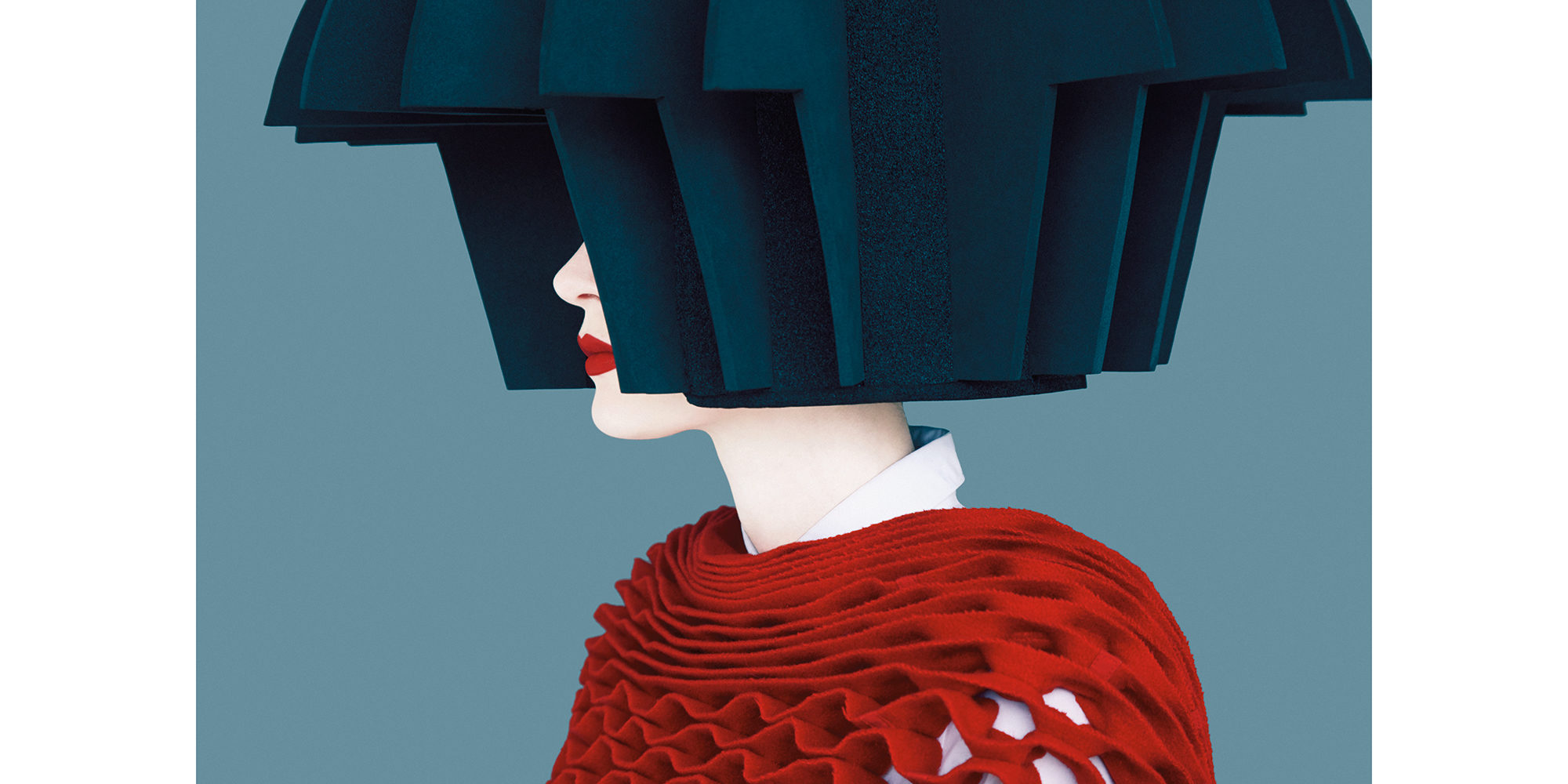
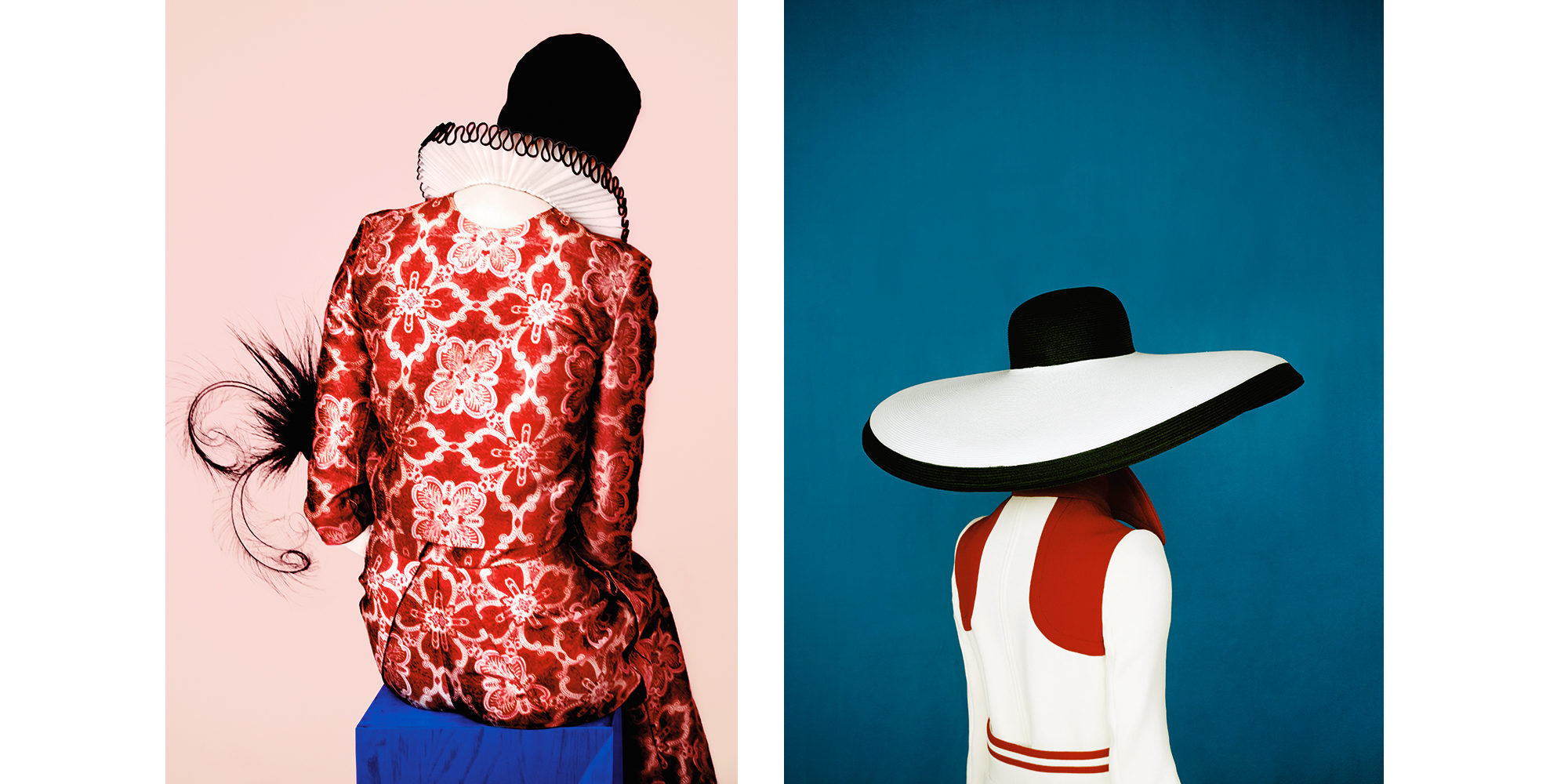
I think my mom gave me a camera to get me out of my room. I was spending most of my time on my turntables, mixing jungle records. In the beginning, photography was about being okay with shooting whatever I wanted. I was looking at a lot of photography books at Barnes & Noble—Robert Frank, Paul Strand, Alfred Stieglitz. For the first seven years, I only shot with black-and-white film; I had a conservative view of what photography was supposed to be.
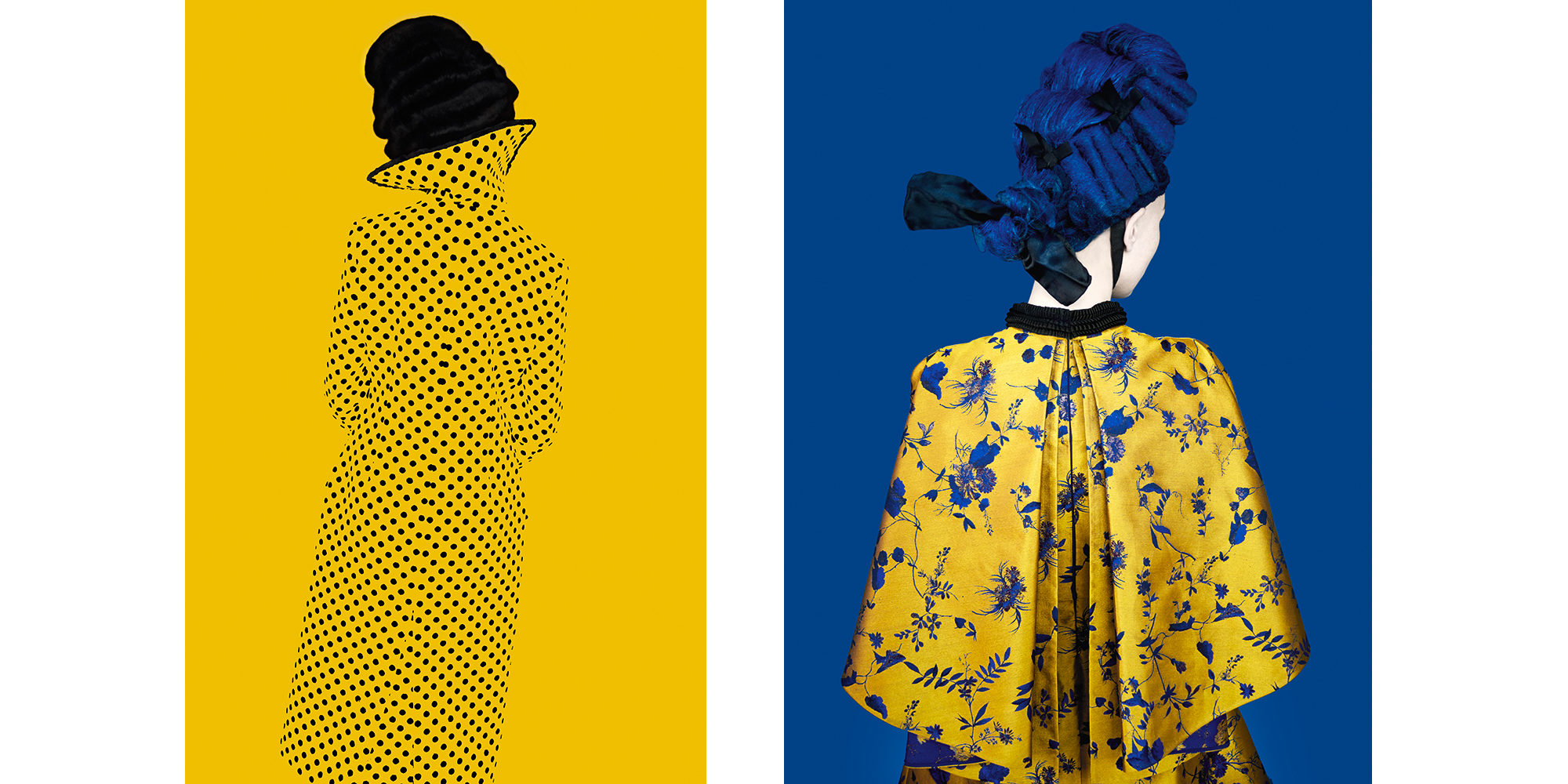
I’d always wanted to be a painter. I just didn’t have the patience. But I always saw color in the world—as if everything was painted. When I decided to do photography professionally, I wanted it to be all about the color. I started in the darkroom, layering negatives to create colors, then working with different retouchers to create post-production effects to further flatten the space. I was trying to figure out a way to effectively paint with my camera.
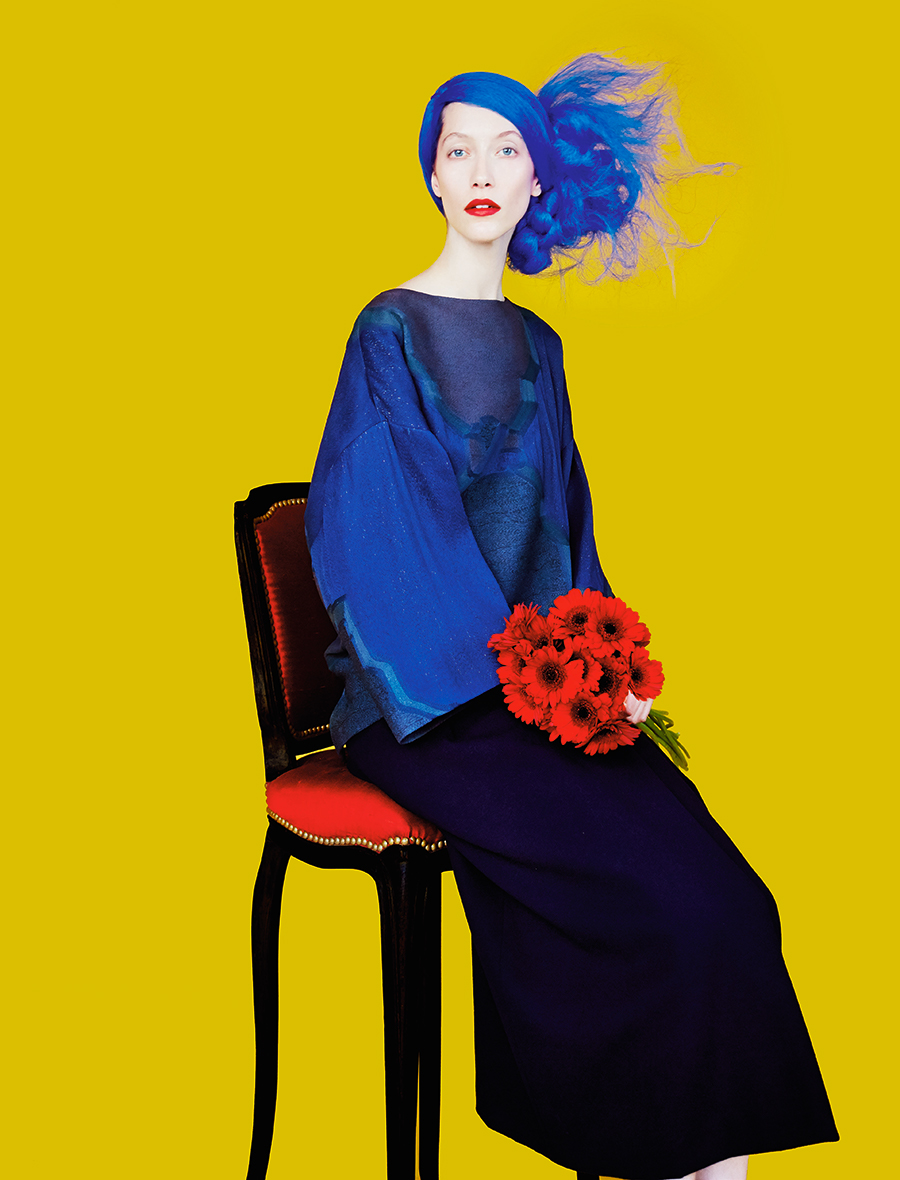
Painting represents a time that isn’t any longer. There’s a surface between you and the people in the painting—a landscape that appears from the paint itself. Photography, as a medium, doesn’t do that in its purest sense. It just shows you a thing. The reason I try to make my photography less photographic is to instill some of that separation. It engages the viewer in a more meaningful way.
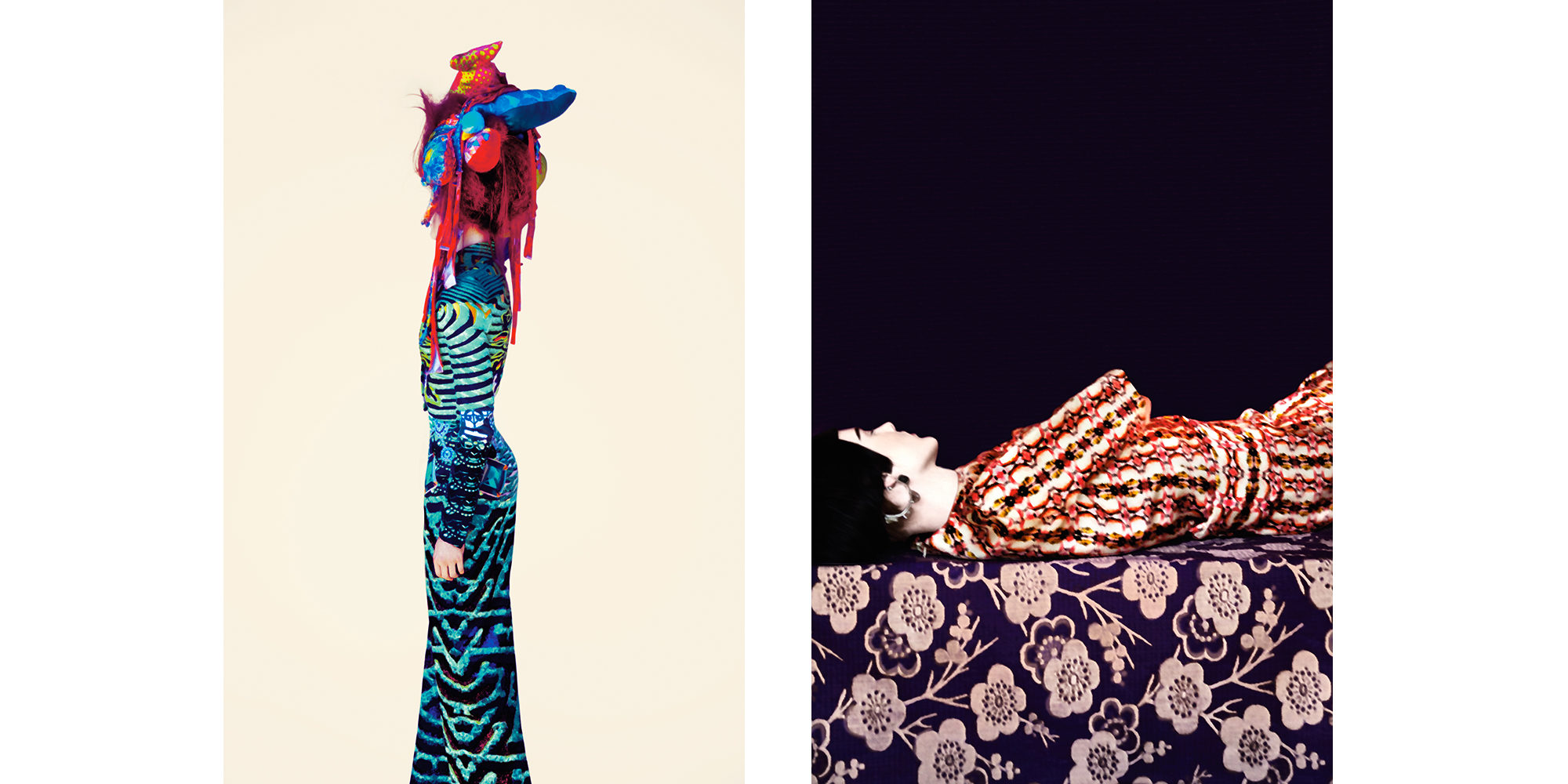
When I worked with the fashion designer Mary Katrantzou, I built sets out of patterned walls to contrast with the collections. When those photos came out, people were like, “Dude, these are really weird. I don’t like them.” They didn’t look like a photograph: the walls were off-kilter, and the images didn’t quite make sense. I guess I knew it was successful because people didn’t like it. From that point on, I began to explore combining patterns.
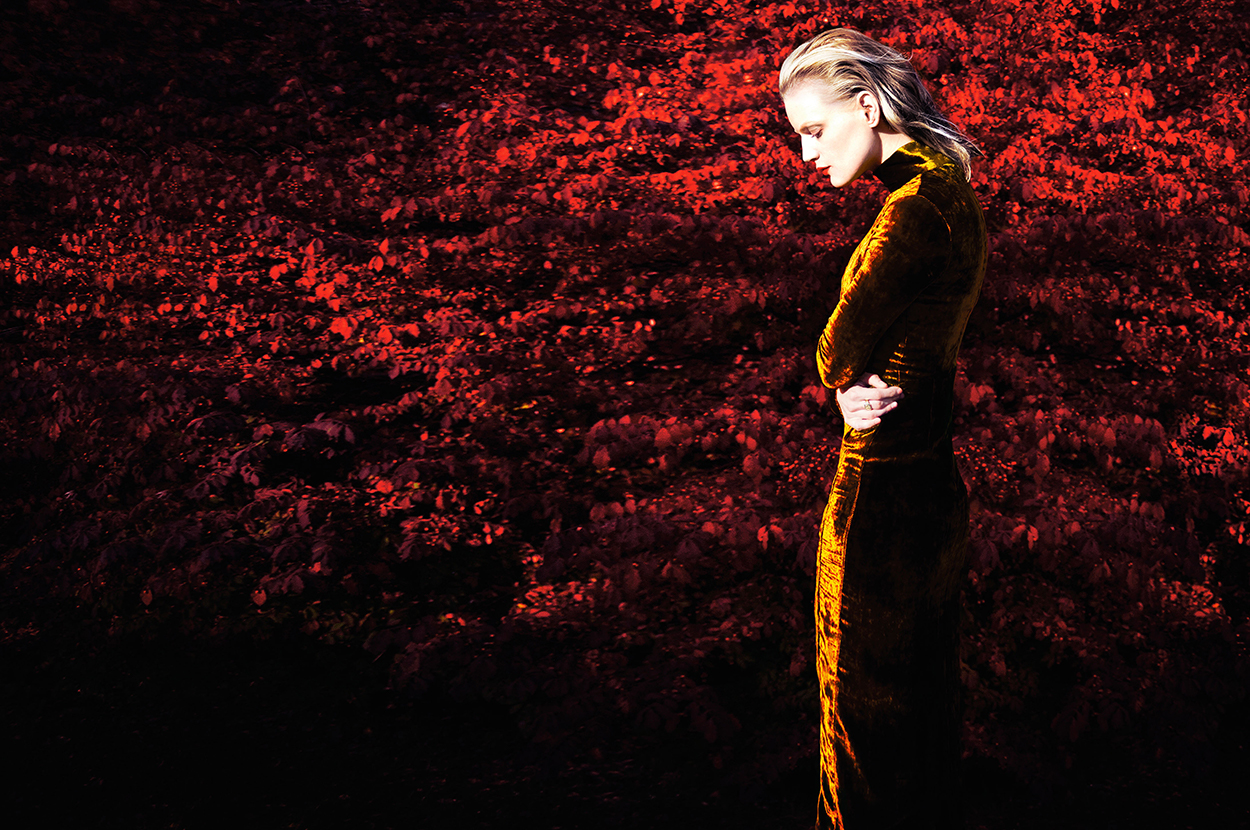
Working in fashion has proven to be difficult at times. The industry tends to be very conservative in terms of its ability to introduce new ideas. There are a number of issues I have working in fashion that could be considered political or ethical—the overuse of celebrities, the over-sexualization of women, the exploitation of youth. I see my work as a reaction to these things. Making a really simple image that’s mostly about color, in 2017, can become political.

I try to represent women in a way where they aren’t sexualized. I feel we should present women as beautiful, as opposed to being sex objects. I always propose to magazines doing stories where we don’t see the face, even though very few publications have said yes. By removing that one element, people start noticing everything else in the picture.
My work is equally as commercial as it is personal, or artistic. I’ve found it to be much more rewarding to compose an image that functions as both. When you make really beautiful commercial images while being able to instill your ethical ideals into that setting, it’s almost more rewarding in a way because you’re up against so many variables to get there. If you can make it through that and still have a striking image, you’ve done well.
